Bloody Sunday Marches

Also known as the Selma to Montgomery Marches, the Bloody Sunday protests were a series of marches held in 1965. Activists marched for 54 miles along the highway to protest segregation.
Despite the protestors being nonviolent (pictured: Student Nonviolent Coordinating Committee), the police didn't respond in kind. Activists were shot and killed during the peaceful march in addition to other severe injuries.
Wreckage Near Gaston Motel
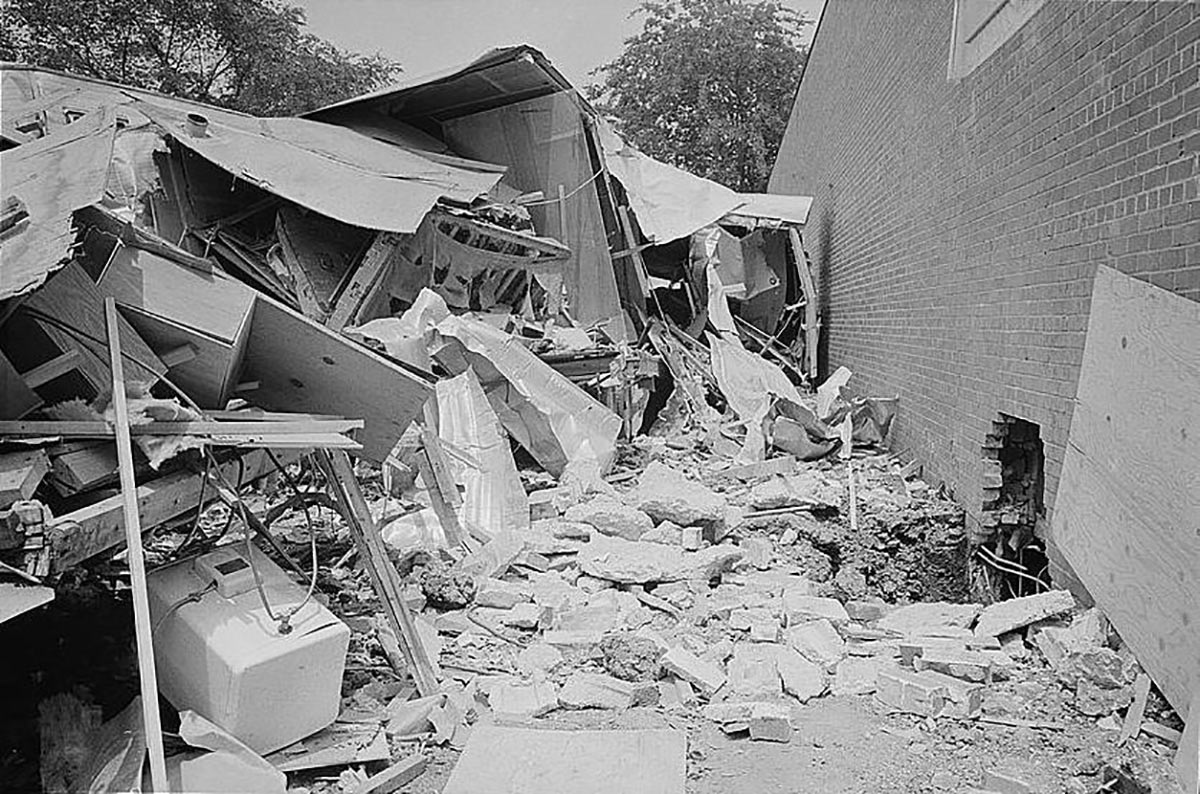
The African American civil rights movement was plagued with lots of violence. This is just one example of that. In 1963, the Southern Christian Leadership Conference had decided to make its way to Birmingham. As the protests began, Dr. Martin Luther King Jr. was arrested.
As time went on, the protests made headway by desegregating lunch counters, public accommodations, and more. Needless to say, the white community reacted poorly this change. The Gaston Motel was where the SCLC was staying, and the KKK bombed it on May 14, 1963. Riots began again in response.
Black Lives Matter Murals
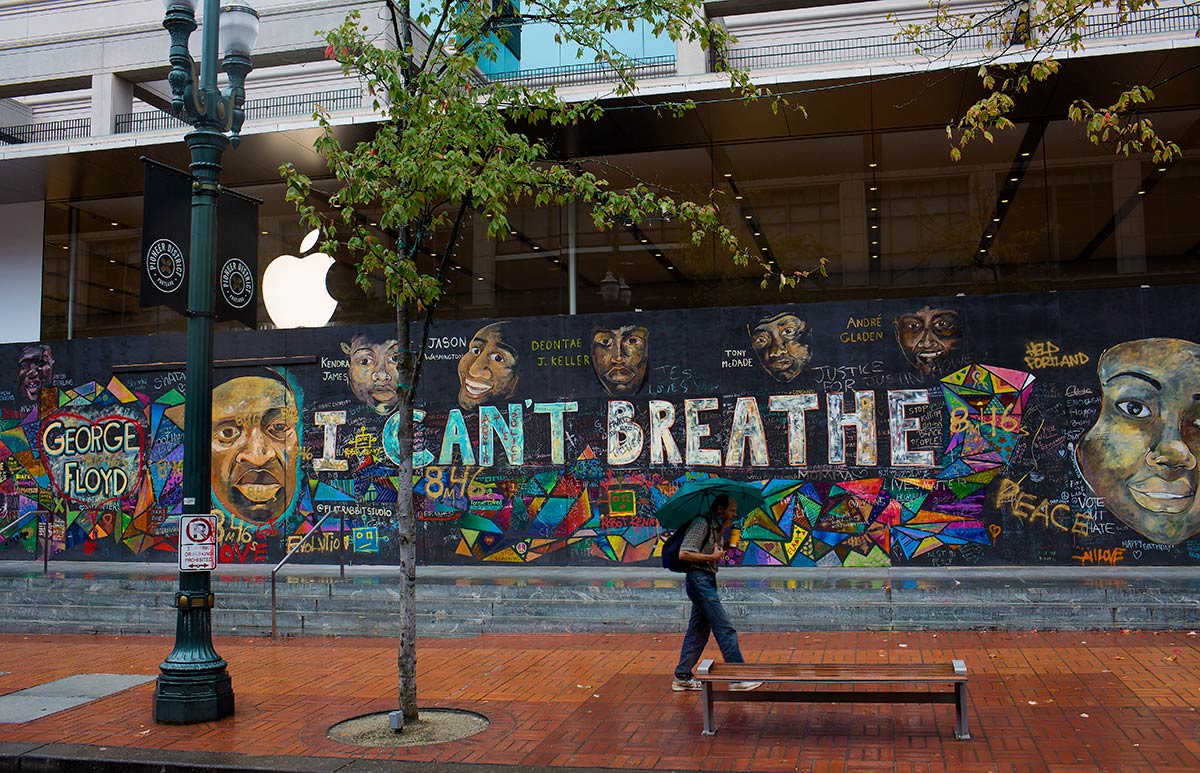
After the death of George Floyd, communities began painting murals to honor those who were killed by police brutality. Portland is known for having a large activist community, but it's also completely surrounded by conservative rural areas.
This is just one of the many murals that were placed around the United States to remind everyone of those who passed away. The protests even expanded to include the entire world, including England, Canada, and Spain.
Memphis Sanitation Strike

In February of 1968, Memphis sanitation workers, nearly all of them African American men, walked off the job. Their grueling work collecting garbage came with low wages, brutal conditions, and a complete lack of respect. The tipping point came after two workers were crushed to death by a malfunctioning truck. Outraged and fed up, over 1,300 workers donned a powerful symbol of their struggle.
On the street while they protested, they wore sanitation vests emblazoned with the simple yet powerful message: "I AM A Man." This strike wasn't just about better pay and safety; it was a fight for dignity and recognition as human beings deserving of fair treatment. The "I AM A Man" signs became a rallying cry, uniting the sanitation workers and capturing the nation's attention. However, this strike was the reason Martin Luther King, Jr. was in Memphis. Unfortunately, he was assassinated on April 4, 1968.
Am I Next?
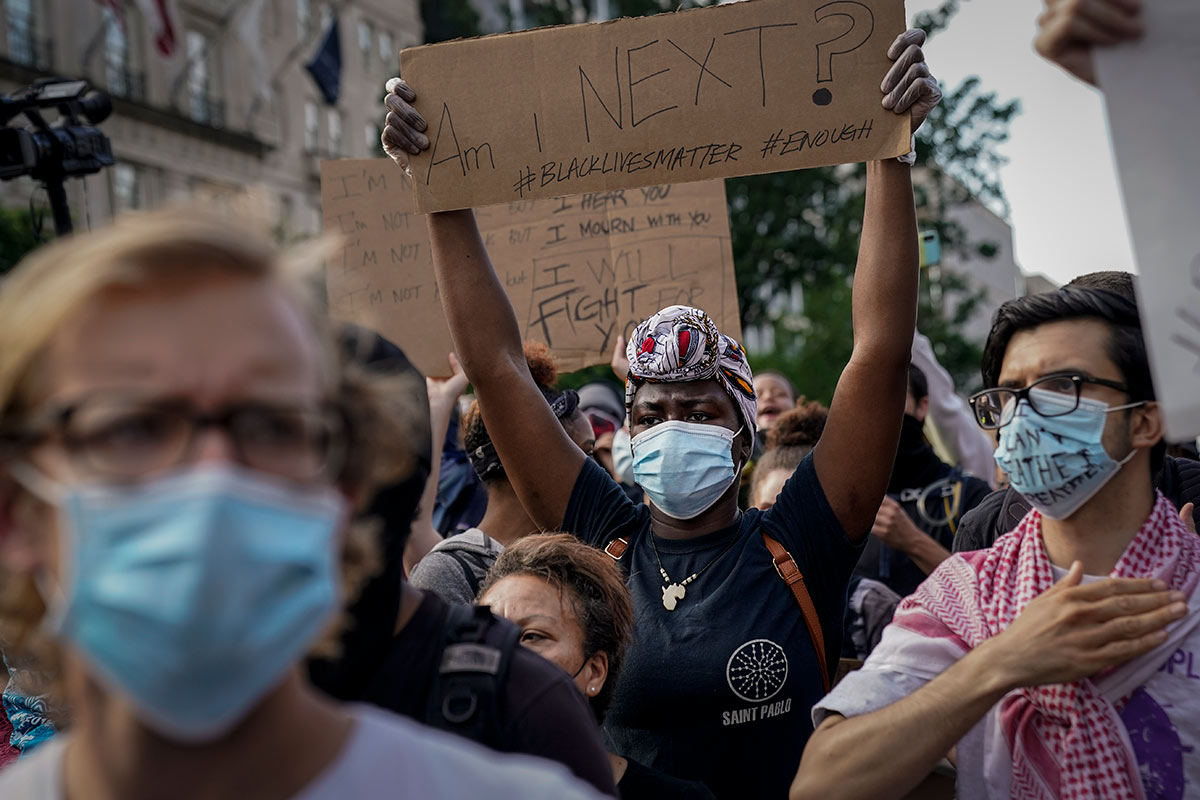
It had become clear that you didn't need to commit a crime to be targeted by police. After all, Breonna Taylor was simply sleeping when she was killed by plainclothes policemen who broke into her boyfriend's home.
According to Statista, African Americans are killed by police more than any other race in the United States. Between 2015 and 2021, 34 per million African Americans were fatally shot compared to 14 per million white individuals. That left African Americans asking, "Am I Next?"
The Little Rock Nine
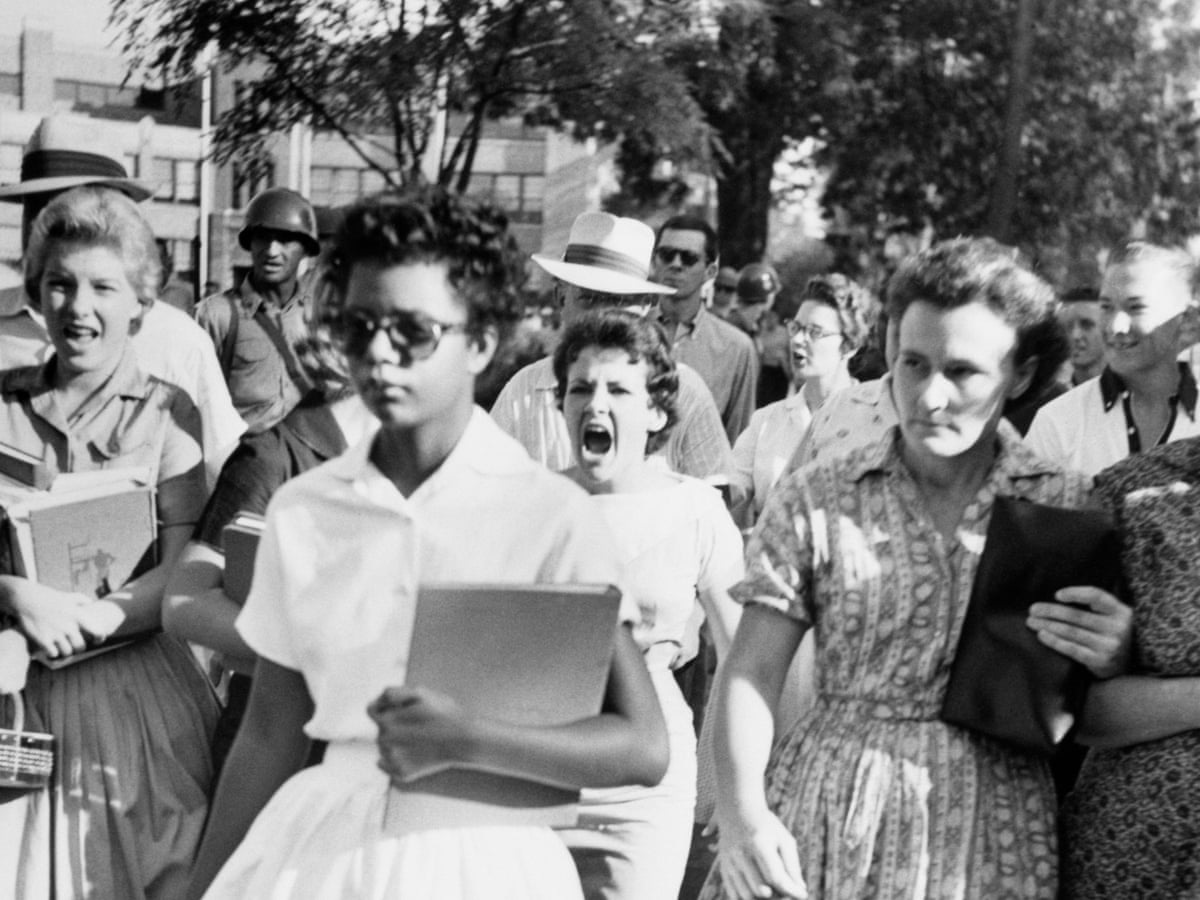
Brown vs. Board of Education was one of the most defining cases in the United States. It desegregated schools, but that didn't mean the path was easy after that. Three years after the case, nine students made their way to Central High in Little Rock, Arkansas. Along with angry crowds, Governor Orval Faubus used the national guard to keep the pupils from entering the school.
It took three weeks, but they were finally able to ascend the steps to go to class. They had to be escorted by the U.S. Army to avoid being hurt or brutalized by angry white crowds. The Nine likely didn't know it at the time, but their courage would be remembered forever.
Not So Peaceful

When there's unrest, there will be riots. It's the way most people communicate their frustration with their living situation, government, and social issues at hand. Protests over George Floyd hit Minneapolis harder than any other place. Here we see a local store that was set ablaze.
The fires and riots were spurred by the fact that the police officers knelt on Floyd's neck for more than five minutes. Even worse, they weren't immediately fired. The protests began on May 26th and, while they've slowed down, they haven't completely stopped.
George Floyd Riots in Minneapolis
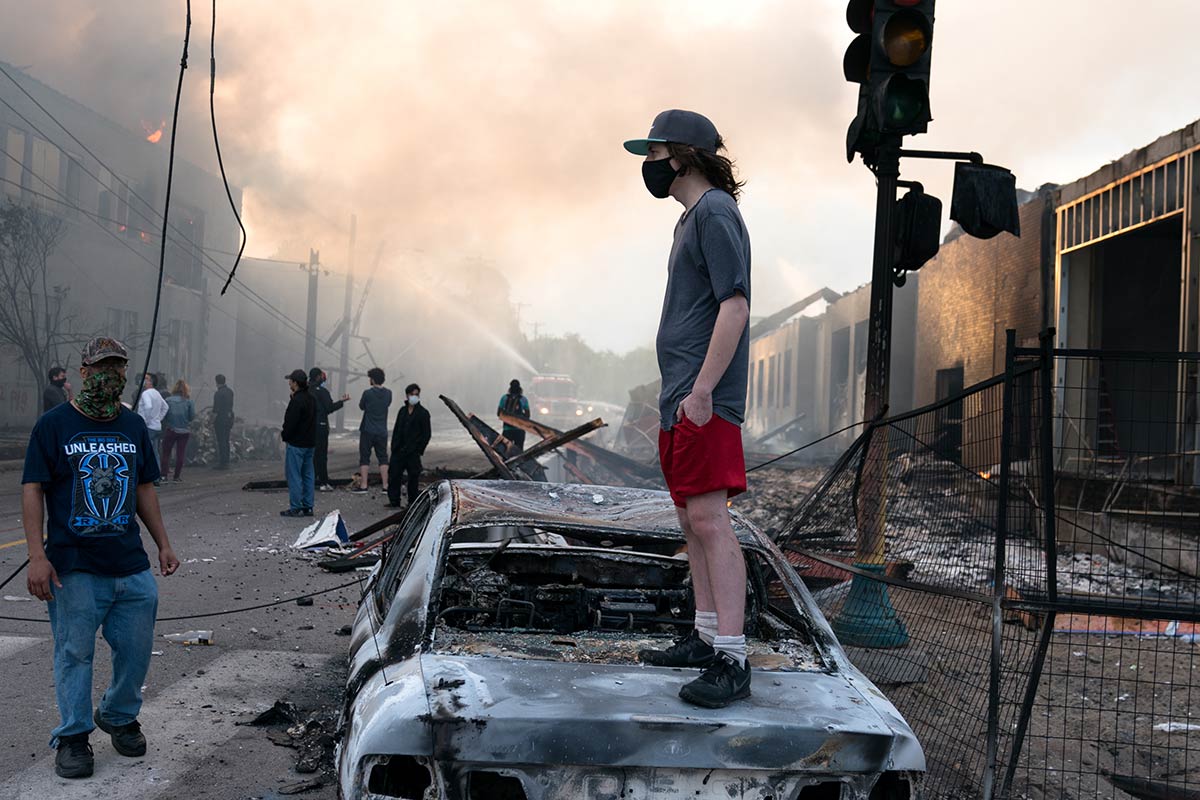
It's hard to believe that it has been over half a century since Bloody Sunday in Alabama, yet here we are. George Floyd was being detained when a police officer kneeled on his throat long enough for him to lose consciousness and die. The whole time, he was telling the officers that he couldn't breathe.
His words struck people's hearts, and protests began almost immediately. This included riots where people burned stores, cars, and whatever they could. Like a fire, the protests grew in size and eventually encompassed the entire United States.
The Children's Crusade

Saying that the '60s were a rough time for African Americans is an understatement. The Southern Christian Leadership Conference had begun setting up campaigns and protests, and one of those was called "The Children's Crusade." The goal was to talk to the mayor about segregation.
Birmingham has a history of opposing these changes. On the first day of the protests, hundreds of children were arrested. The second day wasn't much better. The Commissioner of Public Safety, Bull Conner, ordered police to spray children with powerful water hoses, beat them with batons, and release police dogs on them.
Protests Against the Little Rock Nine
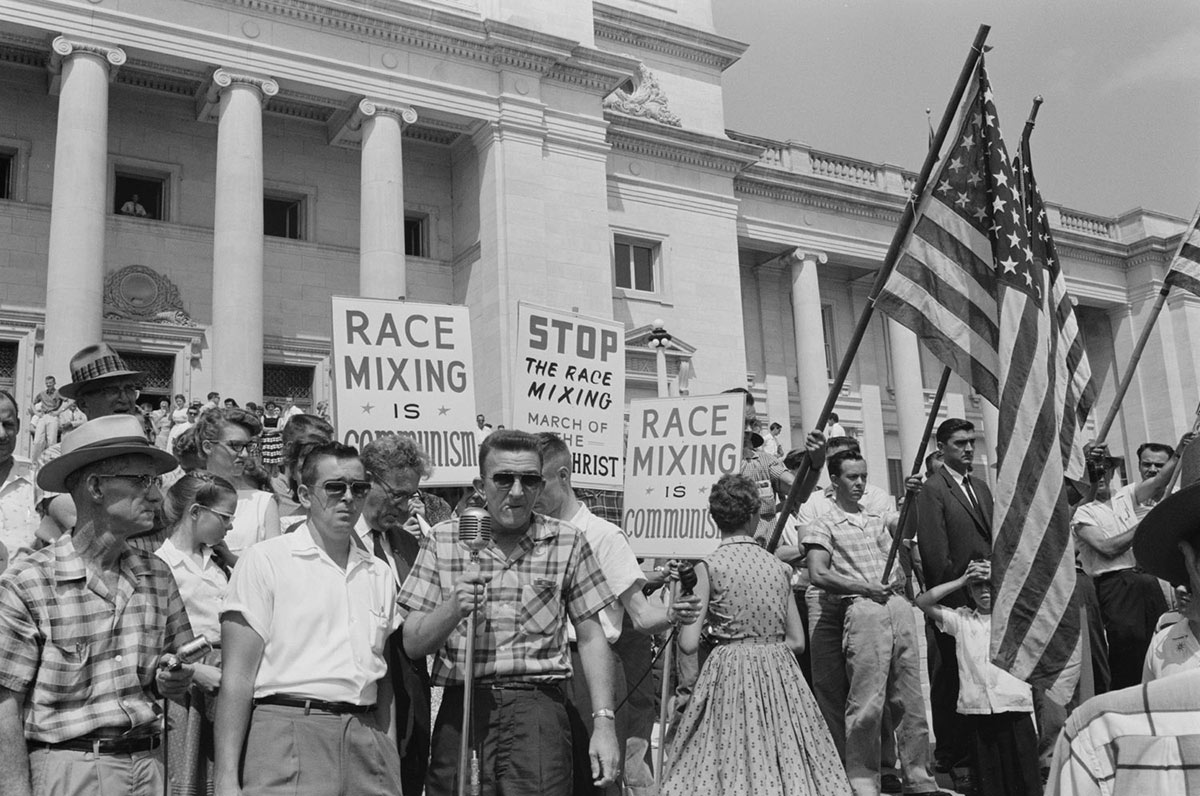
Even though it had been years since Brown vs. Board of Education, people still protested desegregation. We're not too sure why. Here we see a group of people protesting the Little Rock Nine from entering the school to get a good education.
Even the governor got in on the action. Eventually, the United States government stepped in and gave the students access to the school. The worst part is that they needed a side door to avoid the wrath of the protestors.
"I Have a Dream"
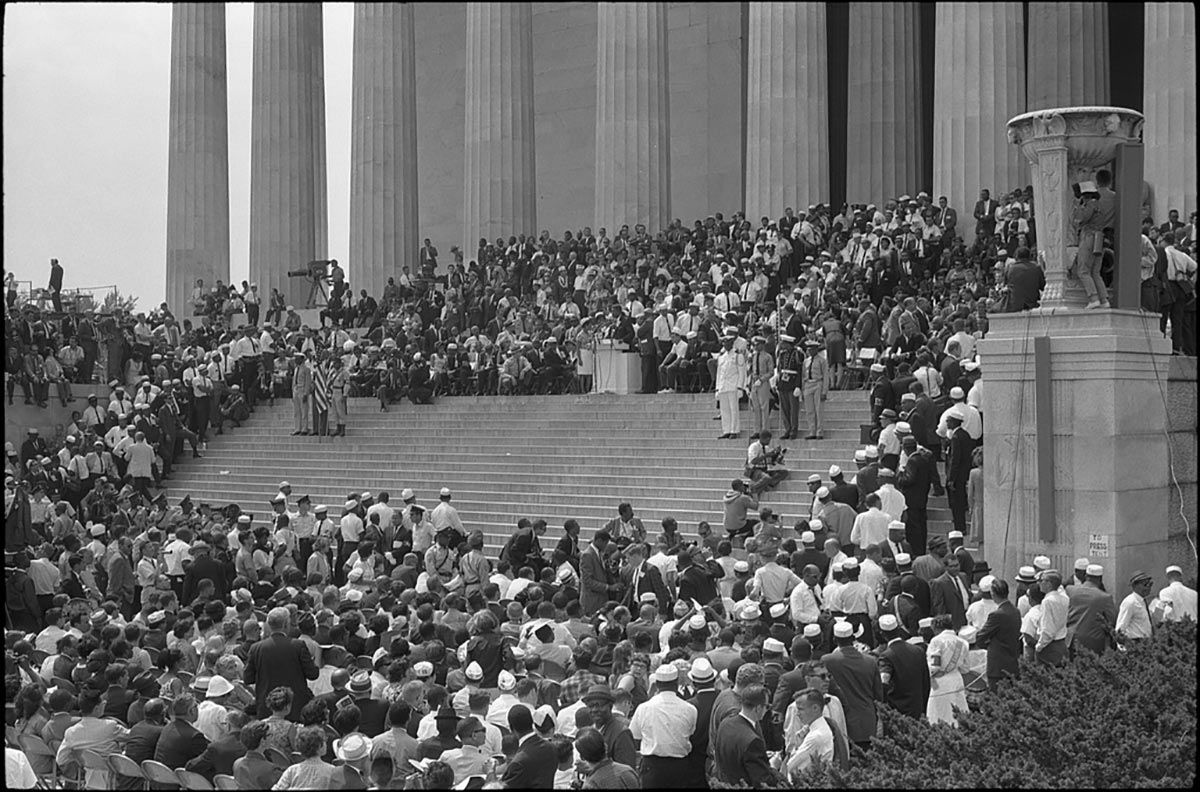
After marching on Washington, D.C., Martin Luther King Jr. proceeded to give one of the most inspiring speeches any of us have ever heard. It was a speech about equality and the rights of people of color. The crowd looks massive, but it's even larger than you may realize.
There were as many as 250,000 people in attendance that day. On top of that, 3,000 members of the press covered every word. King would continue to be a huge figure in the Civil Rights Movement until his assassination in 1968.
The Occupation of Alcatraz

This one goes all the way back to the 1868 Treaty of Fort Laramie. See, the treaty stated that if any land was considered "surplus" by the government, then the Sioux had the opportunity to claim it as their own. Only, the government didn't hold up their end of the bargain when Alcatraz was closed and labeled surplus.
It was given to the city of San Francisco, so the American Indian Movement (AIM) decided to claim it as their own. This conquest lasted 19 months until the government decided to renege on their deal and forcibly remove the Native Americans from Alcatraz.
BLM Brooklyn
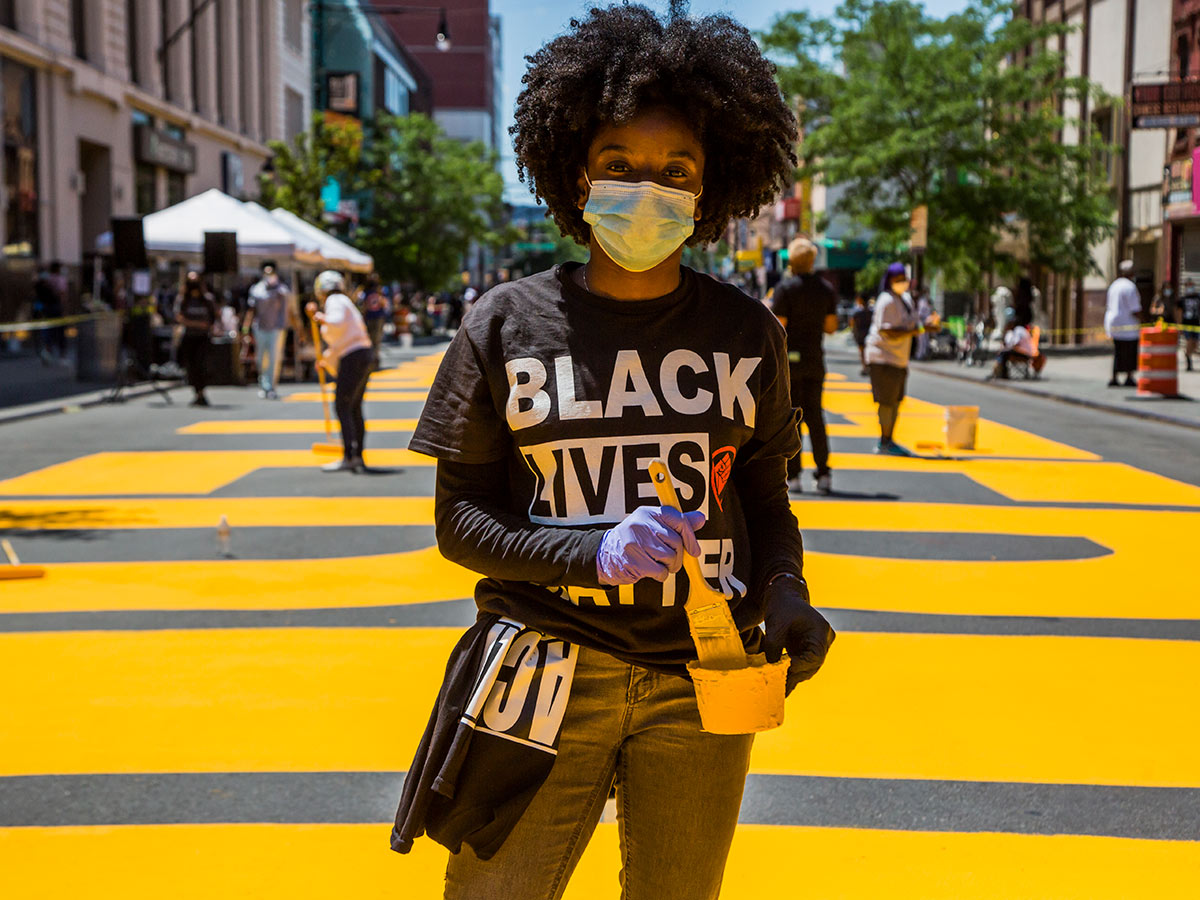
The New York City Police have a long history of racism and misconduct. There have been over 12,000 cases that have totaled over $400 million in settlements. However, no amount of money can atone for the loss of human life. It also doesn't relieve the trauma dealt to those involved.
Understandably, Brooklyn was also a hotspot for Black Lives Matter movements. Brooklyn street was painted over with a giant mural that stated, "BLACK LIVES MATTER." It took over 50 people, but the volunteers got it finished over a short period of time.
D.C. BLM Protest
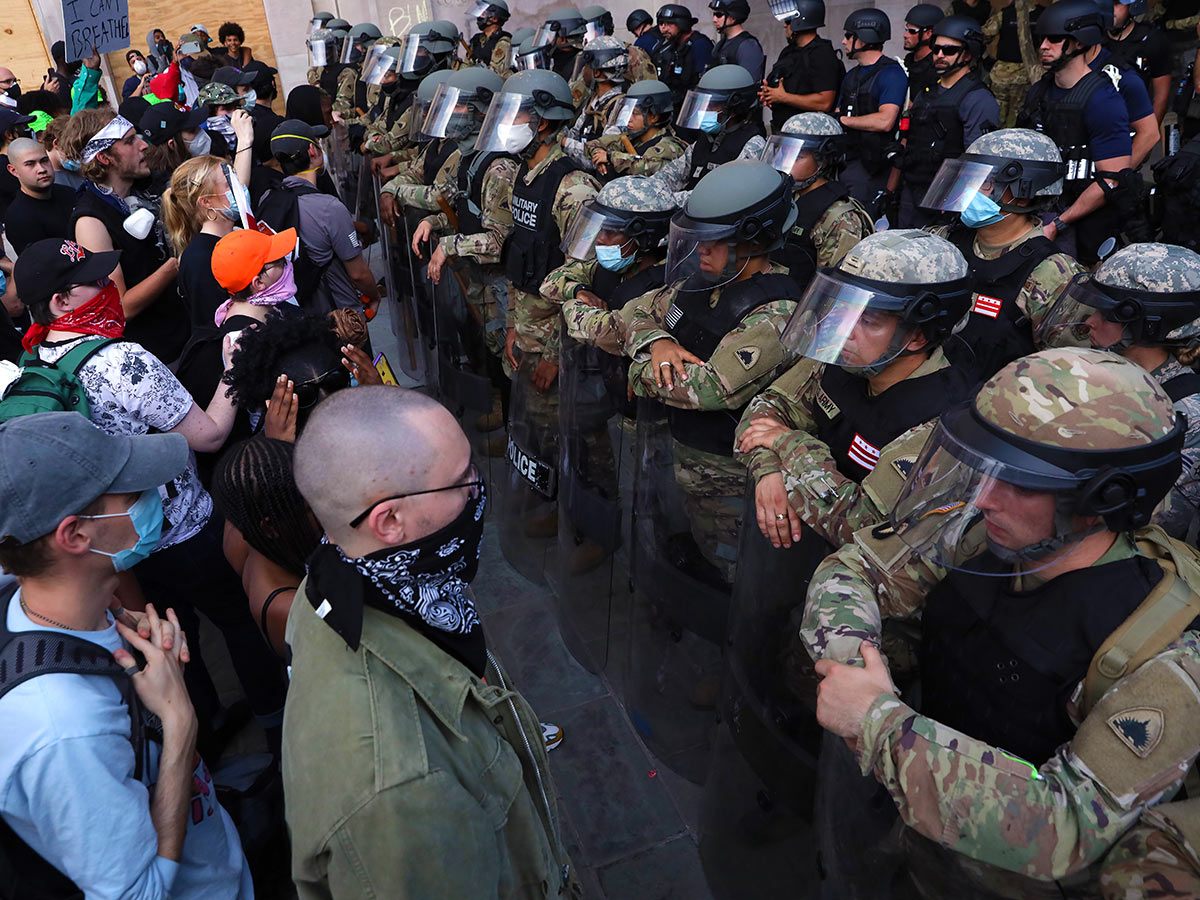
This image doesn't look that much different than what we saw from Bloody Sunday in Alabama. This photo was taken in Washington D.C. as protestors stood for George Floyd against D.C. National Guard. It's chilling to see that very little has changed even though it's been nearly a century.
Even though the national guard stood, blocking protestors, people still occupied the space from May 28th to June 23rd – nearly four weeks. During this time, Senator Elizabeth Warren, Senator (now Vice President) Kamala Harris, and Senator Mitt Romney joined the group to fight for black lives.
Protests in Berlin
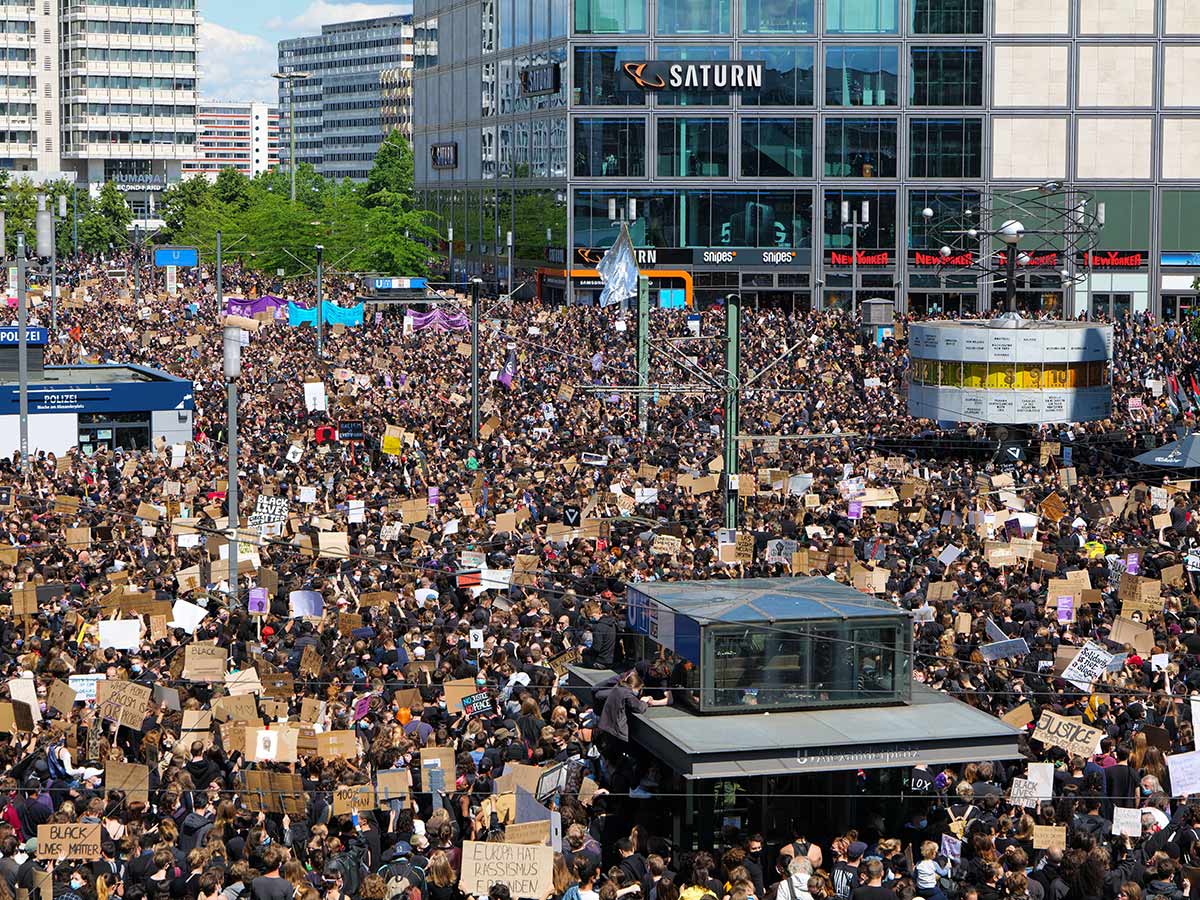
Black Lives Matter was bigger than just the United States. Injustice is a global problem, which is why Berlin broke out in a giant protest. Thousands upon thousands held up signs and announced their issue with police brutality toward people of color. Some reports say that there were as many as 15,000.
One woman is reported as saying, "In the Black German community, there was really a feeling that people in Europe and Germany were not really aware that there is also a racism issue here. That black Germans are confronted with racism nearly on an everyday basis."
Occupation Disrupted
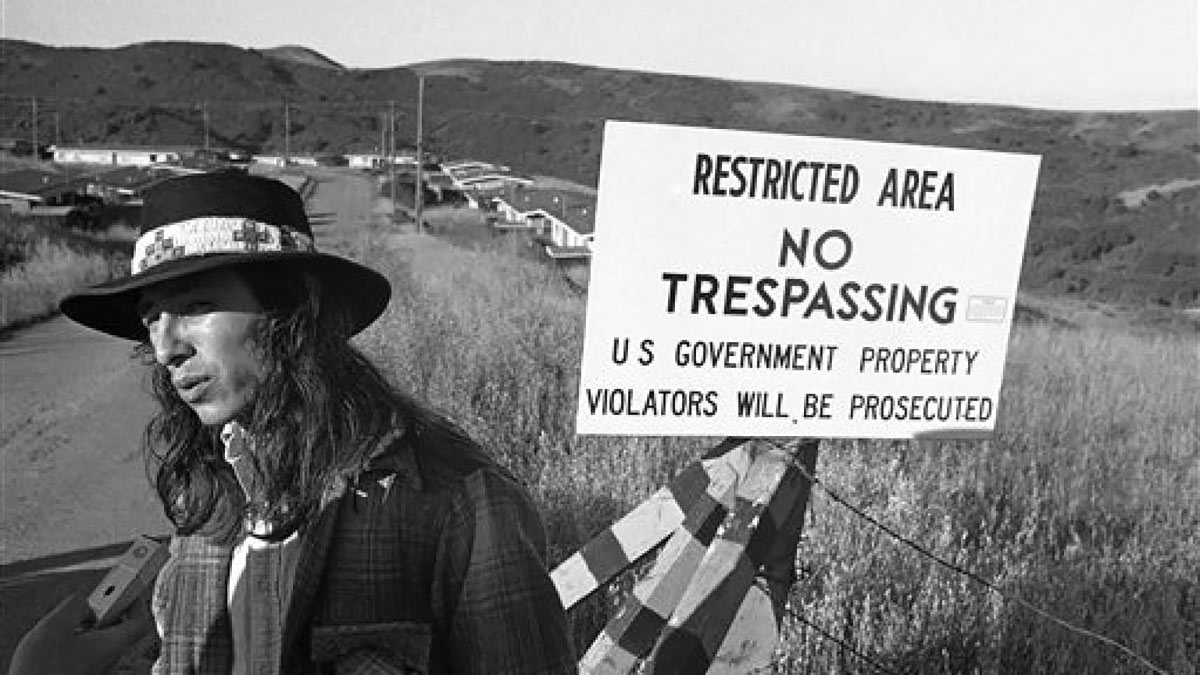
The occupation of Alcatraz wasn't difficult at first. However, the United States government shut down electricity to the island, and getting water was becoming increasingly difficult. While there were people who donated food, it was hard to survive without basic necessities.
While there, Native Americans wrote things on the wall, including what you see in the picture above. John Trudell founded Radio Free Alcatraz to give updates about everything. As the occupation continued, some people had to leave to return to their lives. Hippies and photographers invaded the island and took it over, distracting the original message of the movement.
Sacheen Littlefeather
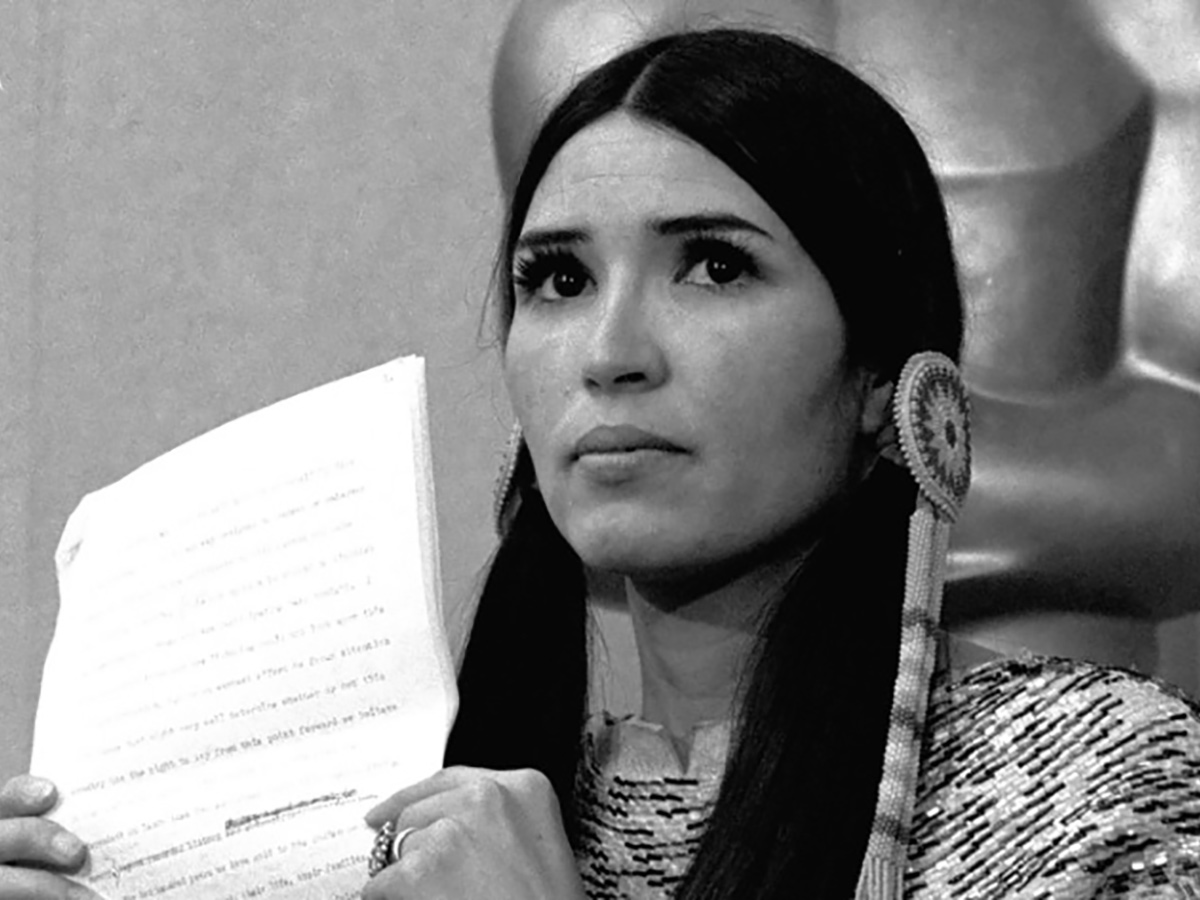
Everyone was excited about the 1973 Oscars, but it wouldn't go exactly how they thought. Sacheen Littlefeather got in contact with Marlon Brando, asking if he was interested in Native American rights. Instead of giving a speech on her behalf, Brando boycott the Oscars and gave his speech time to Littlefeather.
Once on stage, she gave the speech of a lifetime. She announced that Brando wouldn't accept the award because of the treatment of American Indians in the film industry and the world around them. She was polite, but that didn't stop the audience from booing her.
Protests on the Freeway

All over Minnesota, people protested. This image was taken in St. Paul, Minnesota. Demonstrators marched along I-35 while holding signs and yelling about the police brutality that has ended many African Americans' lives.
Protesting on the freeway became common during the height of the BLM protests, and in some cities, the police even escorted and protected those who marched. That being said, not everyone took it so kindly. In Seattle, protestors were hit when a car rammed through closure signs and hit two women marching.
The Equal Pay Act
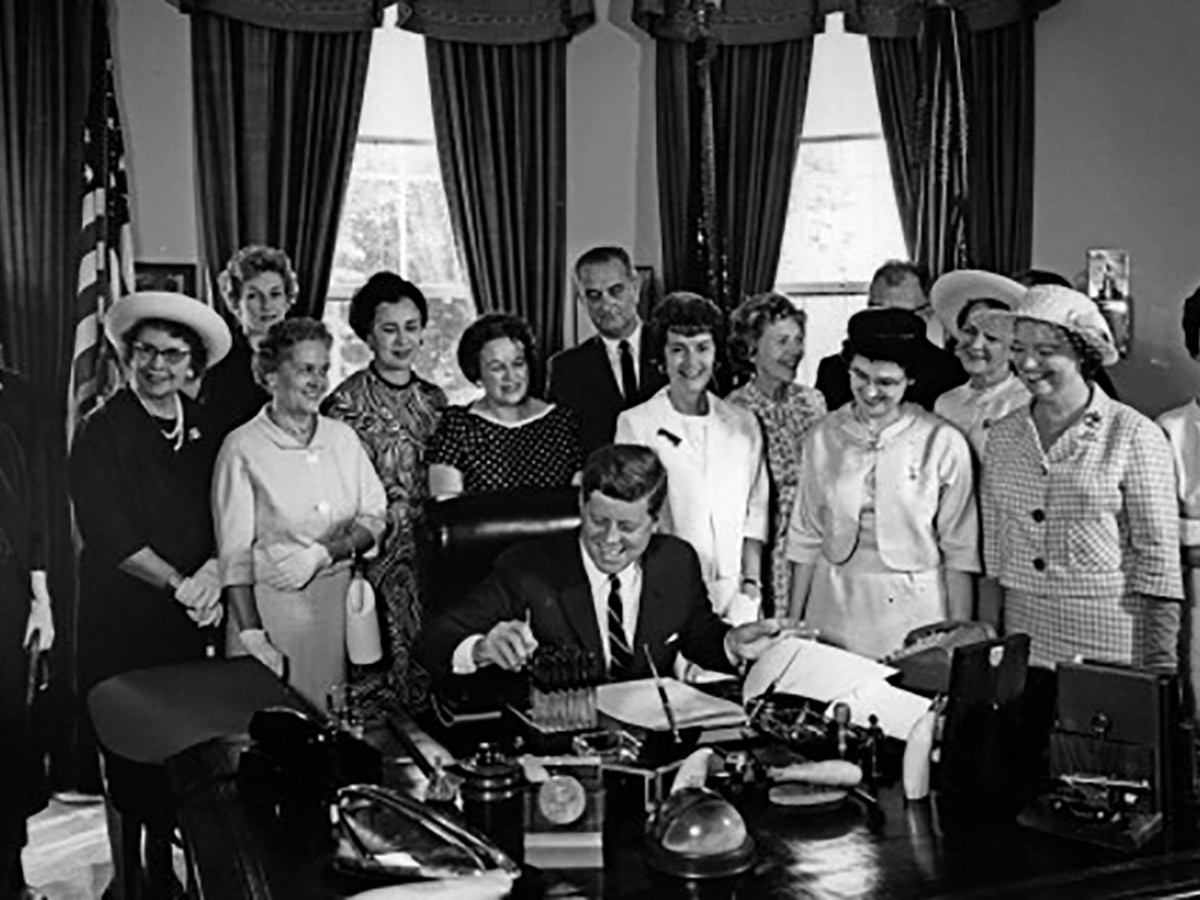
Today, there's still a large gap between men and women in the workforce. CNBC reported that women earn just 79 cents for every dollar a man makes, making this photo even more chilling. Here we see John F. Kennedy signing in the Equal Pay Act into law.
While the bill surely helped somewhat, there's still a major gap in pay between men and women, especially for women of color. The bill just created consequences for companies if the employee can prove they were being paid less than their male counterparts.
Suffragette Alice Paul

This image is none other than Alice Paul, one of the most prominent suffragettes in history. From a young age, she attended suffragist meetings with her mother and continued to fight for women's rights for decades.
After Elizabeth Cady Stanton and Susan B Anthony's death, she really revved the movement back up. Paul founded the National Women's Party. After protests, marches, and demonstrations, the NWP started to make headway and gain popular support. Four years later, the 19th amendment was ratified to give women the right to vote.
The 1968 Chicano Blowouts
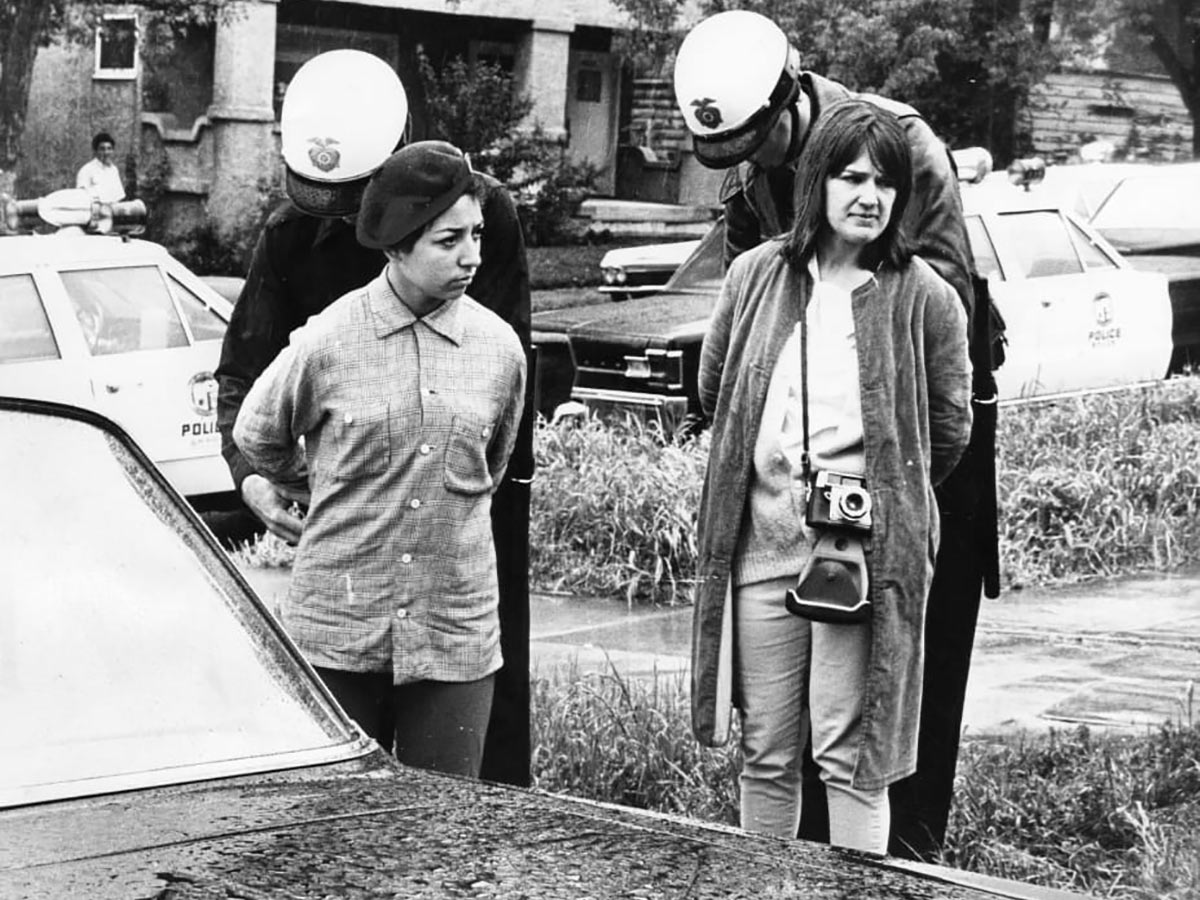
In 1968, Los Angeles was rocked by a series of walkouts in its high schools. Students and teachers alike walked out due to racism. Mexican American students had a 60% dropout rate, and the ones who did graduate could only read that equal to an 8th-grade white student.
Over 15,000 students walked out, and many of them were arrested. Here, we see Ruth Robinson, co-editor of La Raza, and Margarita Sanchez being arrested. Those detained were charged with felony conspiracy.
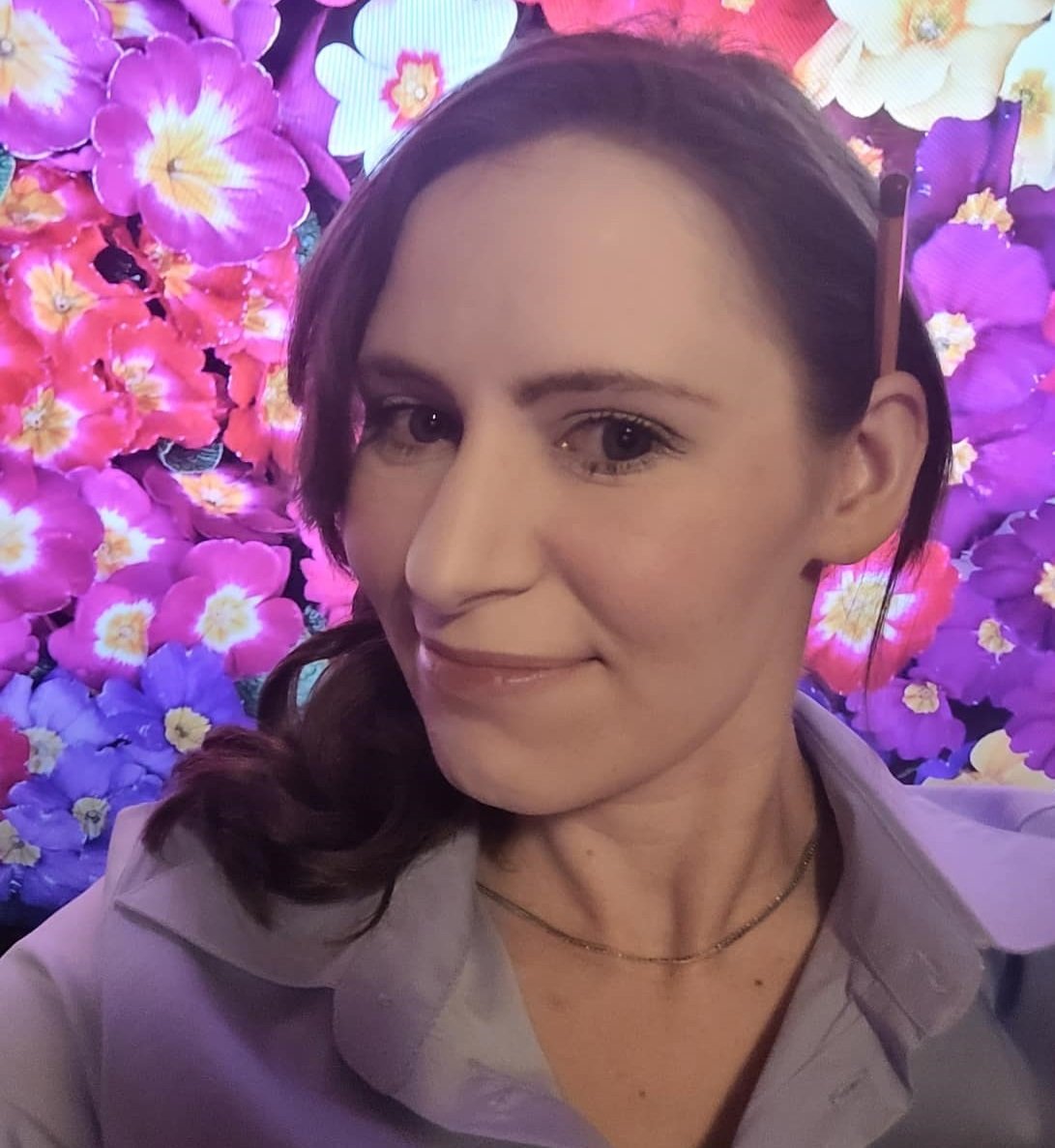 Author
Jennifer Freehill
Last Updated: October 20, 2024
Author
Jennifer Freehill
Last Updated: October 20, 2024